I have a simple preamp circuit coupled with a class AB power amp. The design is quite simple and I am pretty sure I already made it work a couple of years ago.

simulate this circuit – Schematic created using CircuitLab
The power transistors are the TIP31C and TIP32C.
While the preamp works correctly, when I power the class B amp, some components burn:
- TIP31 (always);
- C3 (often);
- C2 (always);
- D1 (always);
- C4 (some times);
The load is an electromagnet; the 50/-50 V supply is required for the electromagnet to work. It should consume no more than 1.5A at full duty.
I think that there is no wiring error in the circuit since a friend and I triple checked it.
Finally, the DC supplies are both independent lab supplies, floating and not connected to earth.
So, something wrong with this circuit? (obviously... ;) )
EDIT:
Here is the result of a 3s frequency analysis. I reversed the polarity of C2 and C3 and I removed L1 since Circuit Lab could not simulate with it.

What puzzles me is that the output of the preamp (blue signal) doesn't have the same amplitude than what I measured with the oscilloscope. I measured a signal with a 26-27V DC bias and a 4V bottom and 49.8V top swing (sorry, I don't have a picture right now).
I will simulate with OrCAD Pspice and see if there is another result...
